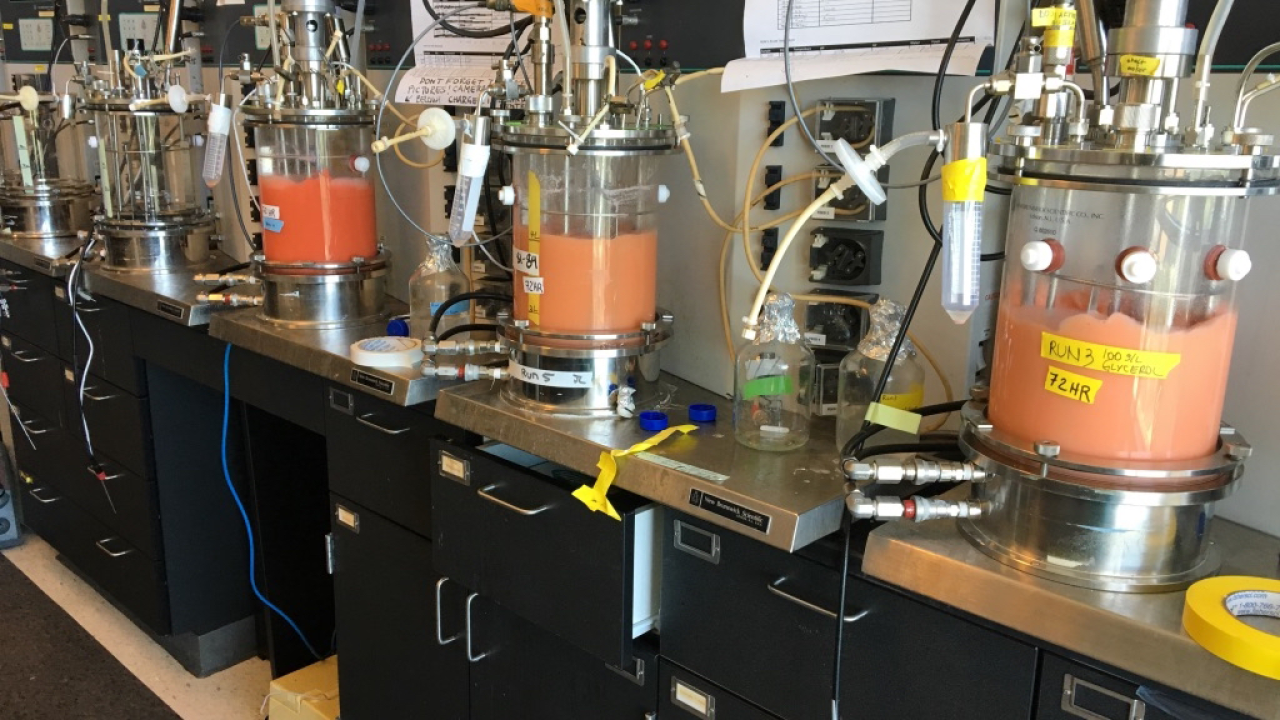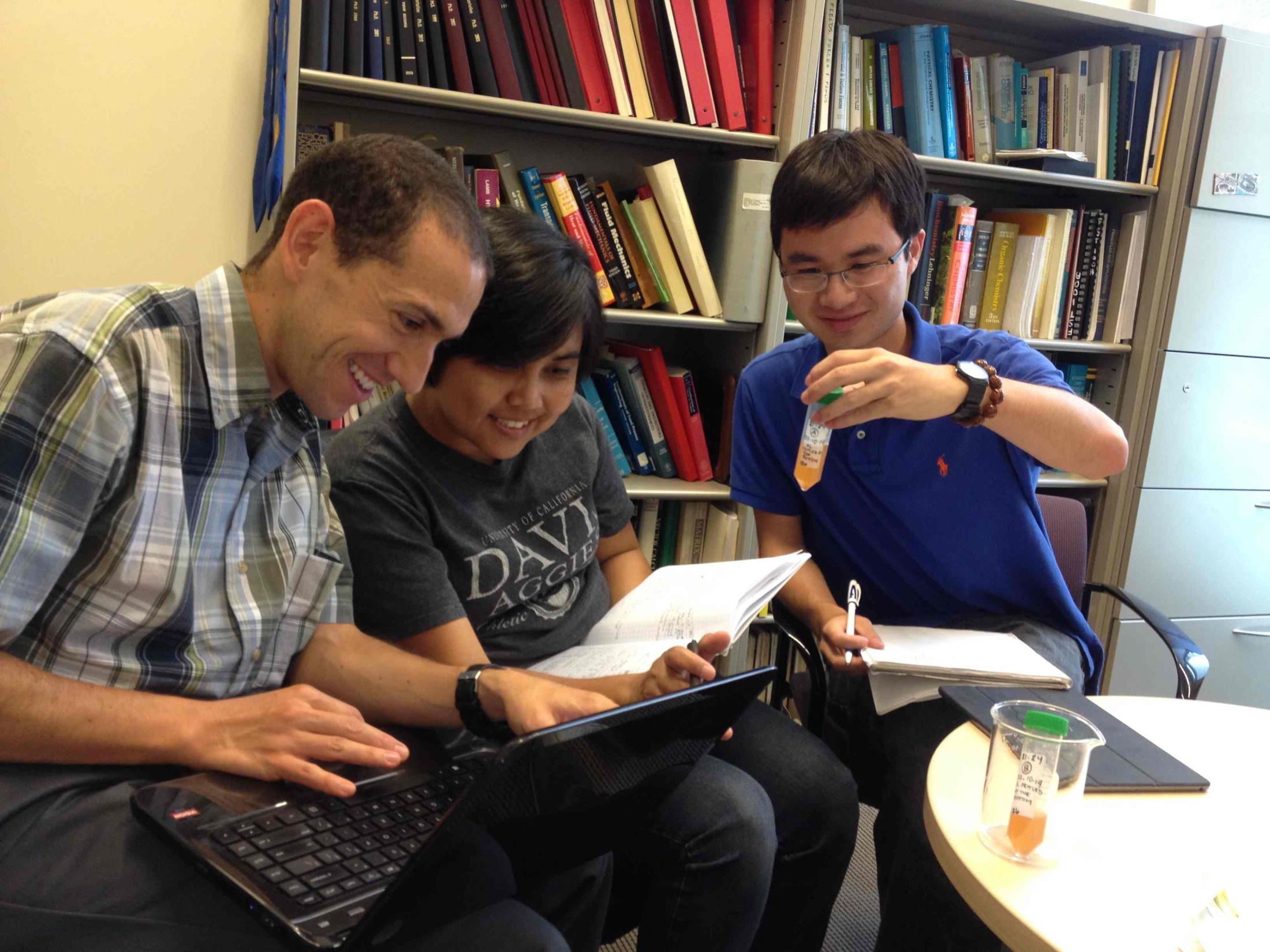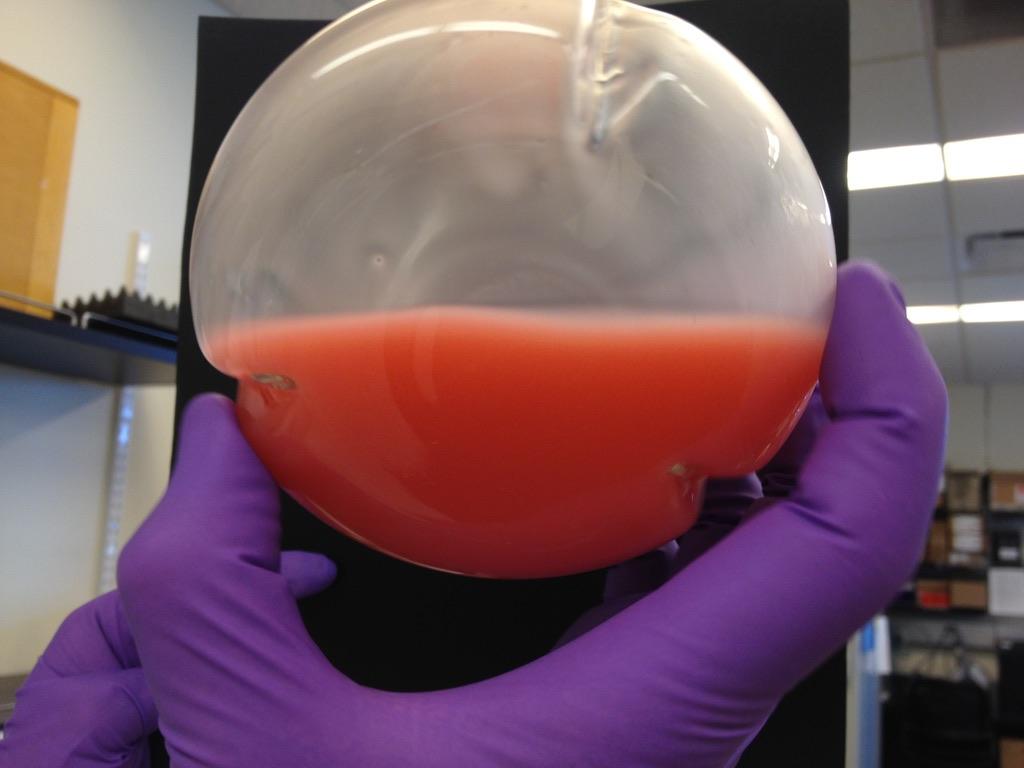
UC Davis Yeast Discovery Paves the Way for New Eco-friendly Cleaning Products
Over a decade ago, researchers at UC Davis noticed something unusual while studying yeast: tiny oil droplets sinking to the bottom of a flask. The strain of yeast was producing a natural compound with soap-like properties, and now it’s being developed as an ingredient in cleaning products that are gentle on skin and environmentally friendly.
The yeast was part of the Phaff Yeast Culture Collection at UC Davis, the fourth largest public collection of yeasts in the world with more than 10,000 strains from approximately 1,500 species. Curator Kyria Boundy-Mills said the unexpected finding happened in 2014 when Phaff lab manager Irnayuli Sitepu and then-graduate student Antonio Garay were conducting research on yeast that stores oil inside its cells.
“When they looked closely at those yeast cultures, they noticed little droplets of oil that were visible to the eye,” Boundy-Mills explained. “They were outside of the yeast cell and they did not float, which was very unexpected.”
Can yeast really become a soap?

Because oil typically floats, the team took a closer look. The droplets were identified as a new class of glycolipids, a type of molecule made of fat and sugar. These molecules work like natural cleaning agents, helping to break up or mix different substances together. They help water mix with grease, break down dirt and reduce foaming – traits useful in laundry detergent and dish soap.
That first discovery in the lab flask sparked a bigger effort across various departments on campus to explore the potential of these glycolipids. Boundy-Mills said researchers used bioreactors on campus that allowed them to grow larger volumes of yeast cultures and collect more of the secreted oil for analysis. They found that other related yeast species in the Phaff collection also produced similar compounds.
To test its cleaning power, researchers collaborated with Stephanie Dungan with the Department of Food Science and Technology. Her lab evaluated the detergent activity of the yeast-derived glycolipids.
“Her lab generated some data showing that this material is active as a detergent at really low concentrations,” Boundy-Mills said. “You only need to use a tiny amount of it compared to other detergents.”
Creating new, non-toxic products

The data demonstrated real potential for these glycolipids, and by 2024, the technology was licensed to Ruby Bio, a San Francisco Bay Area company focused on biomanufacturing for consumer goods. Boundy-Mills said the company has found these glycolipids, when used in products, are gentle on the skin and work better than some common cleaning agents. They're now ramping up production and preparing the compounds for commercial use. Ruby Bio expects to see the yeast-based ingredients in products such as laundry detergent, dish soap and shampoo within the next year.
For Boundy-Mills, this development marks a full-circle moment, not just for the research, but for the decades of effort put into preserving and promoting the yeast collection on campus.
“It's gratifying that all the hard work to maintain and publicize this collection is resulting in a product that will help people in their everyday lives and help the environment,” she said. “This is the result of university research; university research brings these kinds of discoveries out into the world.”
This research was funded in part by a grant from the Science Translation and Innovative Research (STAIR) Grant Program managed by Venture Catalyst at UC Davis.
The team of interdisciplinary researchers also included: Tomas Cajka of the West Coast Metabolomics Center, who identified the chemical structures of this new class of glycolipids; David Block with the Department of Viticulture and Enology; and graduate student Kevin Xu, in Dungan’s lab.
Media Resources
- Kyria Boundy-Mills, Department of Food Science and Technology, klbmills@ucdavis.edu
- Charlie Silver, Ruby Bio, sales@rubybio.com
- Tiffany Dobbyn, College of Agricultural and Environmental Sciences, tadobbyn@ucdavis.edu